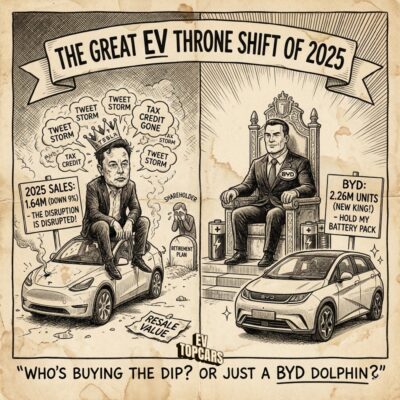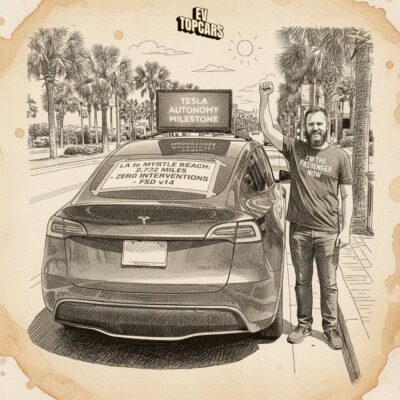Tesla’s mass-market, all-electric four-door Model S hit the
markets in 2012 after its sporty predecessor Roadster. Over time, it has
developed a massive following and is known for being one of the quickest
electric cars out there.
Unlike other car manufacturers, Tesla doesn’t follow a
typical model year system. Despite this difference, users who could consider
their recent updates as features available on the 2023 version of the Model S
will benefit from new swivel-adjust hardware that provides easy accessibility
to its infotainment touchscreen display.
Power and Performance.
The Tesla Model S
offers full-time all-wheel drive, with 10KWh battery packs available in the 75D
and P100D models. Acceleration is outstanding to unbelievable, depending on the
model you choose. The basic 2020 Model S has a 2.4 second sprint to 60 mph,
with immediate power delivery from its electric motors for quick passing
maneuvers. For those who want even more performance, the Plaid version boasts a
third electric motor pushing out 1020 horsepower allowing it to reach 0-60
times of just 2.1 seconds!
While
acceleration numbers are something most people look at when buying an EV sports
sedan like the Tesla Model S, driving dynamics are also important in finding
that perfect vehicle for your needs.
The standard
Model S is quite agile and dynamic as a sports sedan should be – well
controlled body motions and direct steering make this car feel planted on roads
of any condition while two different settings allow drivers to choose their
desired steering effort but no additional feedback from the road unfortunately
means that some may not find it engaging enough as they would hope for such an
expensive car.
However there’s
still plenty of feedback if needed through other controls aiding agility
without sacrificing too much comfort yet managing decent efficiency figures at
highway speeds unlike many similar cars out there.
Battery and Charging
The Tesla Model S
battery pack produces an impressive low center of gravity due to its location
at the floor of the car, along with evenly distributed weight front-to-back and
side-to-side which it means that handling is highly responsive. Range varies by
Tesla model so you can expect a range of up to 405 miles on the base version or
396 miles in Plaid version.
The current
record holder for electric vehicle range is Lucid Air with 517 miles, whereas
BMW i7 has 318 miles as shortest amongst all electric vehicles available on
roads today. Charging time depends upon type and power source used (ie home /
public charging station) but typically 130 kW power sources reduces charging
time substantially compared to typical 50kW charger like those found in
shopping malls etc.
With predicted
battery life figures ranging between 300000 – 500000 kilometres depending upon
maintenance quality and driving style, purchasing a Tesla EV shows great value
proposition over fossil fuel powered cars both short term and long term cost
wise.
Interior and Comfort
The Tesla Model S
is a great car for those looking for interior comfort and cargo practicality.
Starting at over $100,000, you’d expect the cabin to be top-notch but it’s not
quite on par with other luxury models such as Mercedes Benz E-class or Volvo
S90 (both cost considerably less).
However, what
sets the Model S apart is its rear liftgate that opens to reveal a large 26
cubic foot trunk capable of holding up to 8 carry on cases without folding the
rear seats. There are also plenty of small item cubby storage throughout the
interior offset by larger underfloor bin in rear cargo area allowing you
conveniently store bigger items like suitcases and strollers within easy reach.
Overall, while
this isn’t quite in line with traditional rivals at similar pricing , if you’re
considering an electric vehicle then ultimately indoor comfort and spacious
cargo will likely outweigh any negatives associated with design – making the
Tesla Model S’ competitive package even more enticing.
Learn More: XPENG G9 Review: Has XPENG finally hit the target?
Infotainment and Connectivity
The cabin of the
Tesla Model S has a modern minimalistic style, and every vehicle function is
controlled through its large infotainment screen. The display currently
measures 17-inches in size and offers touchscreen capability like most modern
vehicles; but as expected from a Tesla, it also goes beyond that offering an
ever-expanding range of features such as streaming music services, detailed
maps with live traffic info courtesy of Google Maps integration, satellite
navigation options and route search capabilities among many others.
Technophiles will be more than satisfied.
A key issue for
some drivers may be that they have to lean forward in their seat to reach
certain icons on the display or use the touchpad provided behind turn signals
for other functions which doesn’t make the user experience smooth while
driving.
A secondary
display provides gauge cluster information while passengers get access to small
touchpad situated at backside of centre console near rear seats so that
everyone can enjoy ride by operating media controls without interrupting
driver.
Safety and Driver-Assistance
features
The Tesla Model S
has sparked a nationwide conversation about the safety of partially autonomous
vehicles, and rightly so. Car fires are not uncommon in electric or gas-powered
vehicles, but the battery systems used by all Teslas have made them a topic for
intense scrutiny. Thankfully, both the NHTSA and IIHS websites provide
information on crash test results for the Model S, as well as other EVs
produced by Musk’s company.
Key
driver-assistance features included in the Model S include standard automated
emergency braking with pedestrian detection capabilities, lane departure
warning, blind spot monitoring with rear cross traffic alert functions to heed
potential collisions from passing cars or shoppers in parking lots. Adaptive
cruise control is also available with an optional hands free driving mode to
help reduce fatigue during long road trips or night commutes home.
Is the Model S still worth it?
The Tesla Model S
is the epitome of incredible performance, while also making minimal
environmental impact; its sophisticated design boasts comfort enhancements and
countless technical features.
It’s undeniably
futuristic compared to traditional petrol-fueled Mercedes E-Class, BMW 5
Series, and Audi A6 models who can be likened to acoustic guitars – this being
because they operate on an entirely different frequency from the Model S’
astounding power.
While these
luxury German cars serve well as background noise, like a humble rhythm section
playing second fiddle – or even third in some cases. The electric vehicle
chosen from the likes of the Tesla series leads just like a searing rock solo
played by your favourite guitarist.
Learn More: Rivian R1T Review: Should you buy it?
This particular
model has been around for over a decade now and since it was first released
several alternatives have sprung up trying to compete head-on with it. However,
if you are out in the market for an all-rounder EV then the Model S is worth
every penny.










Rivian R1T Review: Should you buy it?
XPENG G9 Review: Has XPENG finally hit the target?